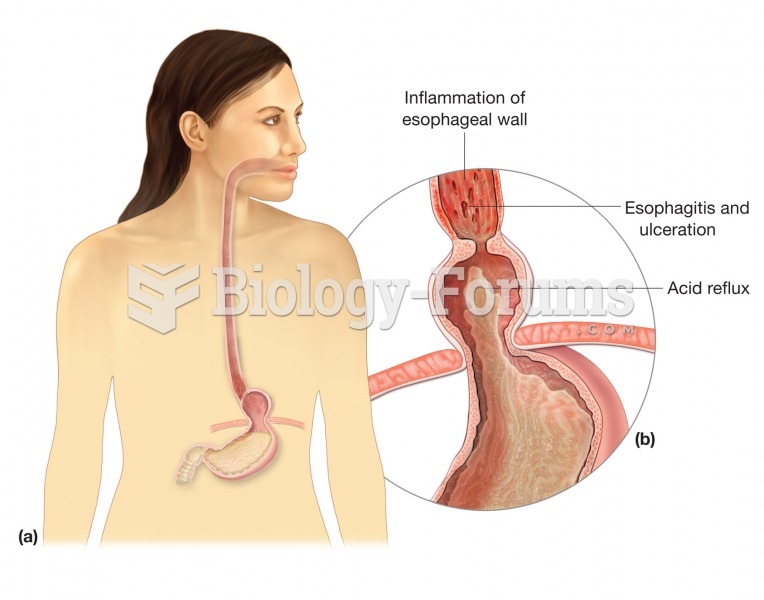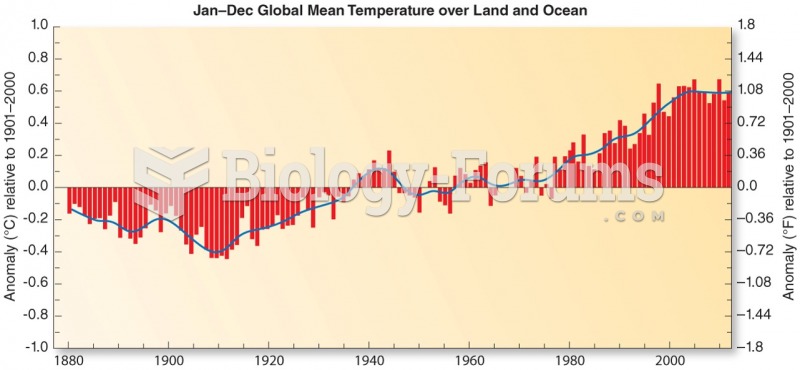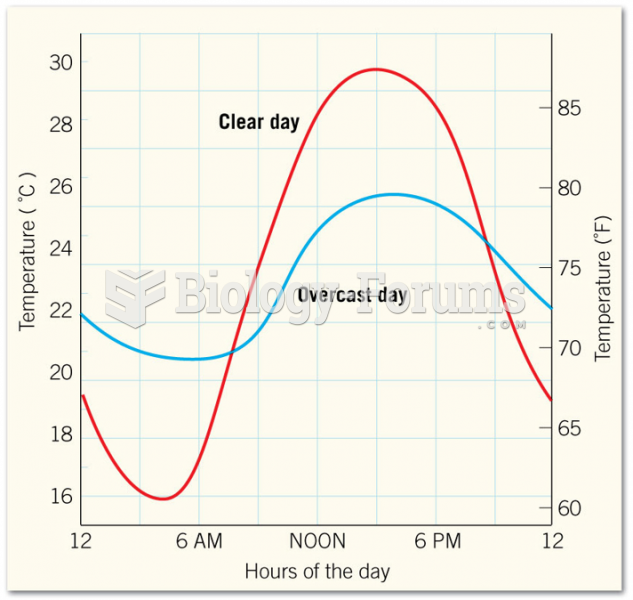Answer to Question 1
Answer: troposphere
Answer to Question 2
Answer: Ozone in the part of the upper atmosphere called the stratosphere is vital to life on Earth because it absorbs lethal ultraviolet radiation from the Sun. Rowland and Molina proposed that these molecules could reach the stratosphere intact, where they would break down and release free atoms of chlorine (Cl). Under certain circumstances, chlorine atoms can effectively destroy ozone molecules. In the first step of this process, a chlorine atom reacts with an ozone molecule to produce O2 and chlorine monoxide (ClO). Next, an oxygen atom (O) reacts with ClO, creating another O2 molecule while freeing the chlorine atom (Cl). Note that the chlorine atom that first reacted with the ozone molecule is still present and capable of reacting again with another ozone molecule. This fact makes chlorine atoms able to repeatedly break down ozone molecules. In fact, as many as 100,000 ozone molecules can be removed from the atmosphere for every chlorine molecule present. Rowland and Molina's theory is now accepted as fact, and the two scientists were rewarded for their work with a Nobel Prize in 1995. The most severe ozone depletion occurs every October (spring in the Southern Hemisphere) and persists for several months. Air currents surrounding Antarctica isolate the region from the rest of the hemisphere, so there is less mixing with ozone-rich air from the north. Another factor is the unusual chemistry of clouds found in the Antarctic stratosphere. At the very low temperatures found there, clouds are largely made up of nitric acid and water, rather than ordinary water ice. Processes involving these clouds allow certain chlorine compounds to accumulate. When the dark Antarctic winter ends, the burst of ultraviolet radiation breaks apart these compounds to create free chlorine atoms (Cl). These Cl free radicals readily destroy ozone.







